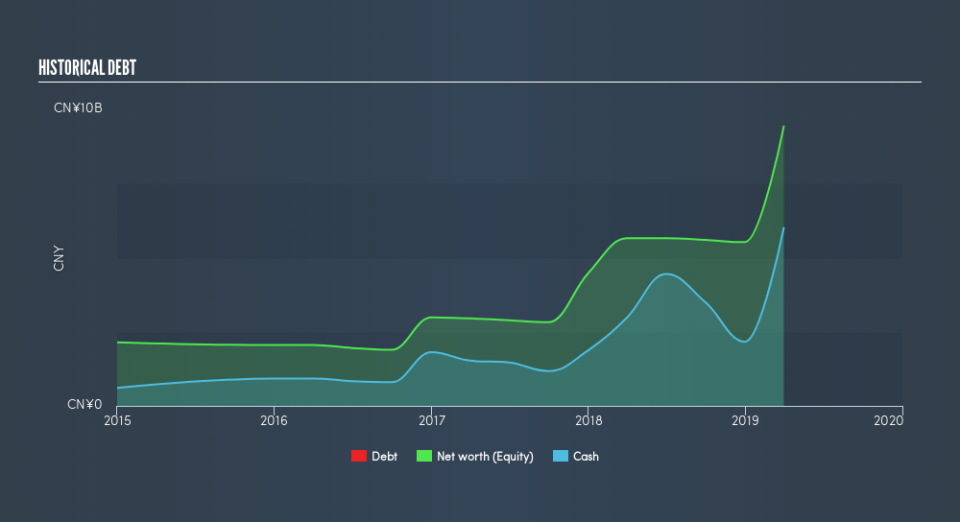How Financially Strong Is GDS Holdings Limited (NASDAQ:GDS)?

Want to participate in a short research study? Help shape the future of investing tools and you could win a $250 gift card!
Investors are always looking for growth in small-cap stocks like GDS Holdings Limited (NASDAQ:GDS), with a market cap of US$4.8b. However, an important fact which most ignore is: how financially healthy is the business? Since GDS is loss-making right now, it’s vital to assess the current state of its operations and pathway to profitability. We'll look at some basic checks that can form a snapshot the company’s financial strength. Nevertheless, this is not a comprehensive overview, so I suggest you dig deeper yourself into GDS here.
GDS’s Debt (And Cash Flows)
Over the past year, GDS has ramped up its debt from CN¥7.6b to CN¥14b , which accounts for long term debt. With this growth in debt, the current cash and short-term investment levels stands at CN¥6.0b to keep the business going. On top of this, GDS has produced CN¥71m in operating cash flow during the same period of time, resulting in an operating cash to total debt ratio of 0.5%, meaning that GDS’s operating cash is less than its debt.
Can GDS pay its short-term liabilities?
Looking at GDS’s CN¥3.2b in current liabilities, it seems that the business has maintained a safe level of current assets to meet its obligations, with the current ratio last standing at 2.22x. The current ratio is calculated by dividing current assets by current liabilities. Usually, for IT companies, this is a suitable ratio since there's a sufficient cash cushion without leaving too much capital idle or in low-earning investments.
Does GDS face the risk of succumbing to its debt-load?
With total debt exceeding equity, GDS is considered a highly levered company. This is somewhat unusual for small-caps companies, since lenders are often hesitant to provide attractive interest rates to less-established businesses. However, since GDS is currently loss-making, sustainability of its current state of operations becomes a concern. Maintaining a high level of debt, while revenues are still below costs, can be dangerous as liquidity tends to dry up in unexpected downturns.
Next Steps:
Although GDS’s debt level is towards the higher end of the spectrum, its cash flow coverage seems adequate to meet obligations which means its debt is being efficiently utilised. This may mean this is an optimal capital structure for the business, given that it is also meeting its short-term commitment. Keep in mind I haven't considered other factors such as how GDS has been performing in the past. I recommend you continue to research GDS Holdings to get a more holistic view of the small-cap by looking at:
Future Outlook: What are well-informed industry analysts predicting for GDS’s future growth? Take a look at our free research report of analyst consensus for GDS’s outlook.
Valuation: What is GDS worth today? Is the stock undervalued, even when its growth outlook is factored into its intrinsic value? The intrinsic value infographic in our free research report helps visualize whether GDS is currently mispriced by the market.
Other High-Performing Stocks: Are there other stocks that provide better prospects with proven track records? Explore our free list of these great stocks here.
We aim to bring you long-term focused research analysis driven by fundamental data. Note that our analysis may not factor in the latest price-sensitive company announcements or qualitative material.
If you spot an error that warrants correction, please contact the editor at editorial-team@simplywallst.com. This article by Simply Wall St is general in nature. It does not constitute a recommendation to buy or sell any stock, and does not take account of your objectives, or your financial situation. Simply Wall St has no position in the stocks mentioned. Thank you for reading.


